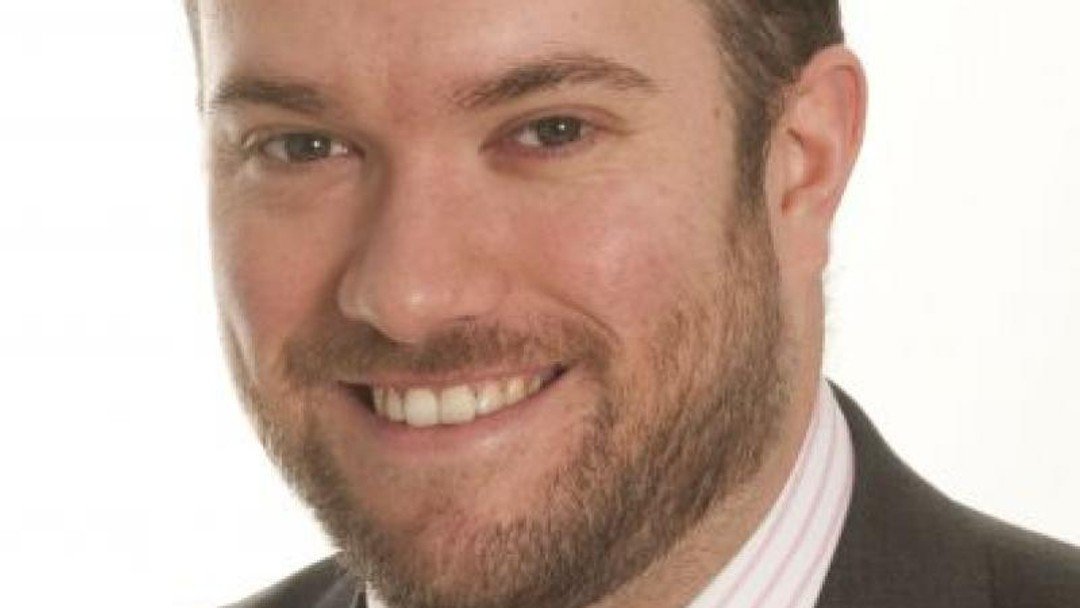Under the influence

Taking instructions for a will should be a straightforward ?process, but only if the client shares their true wishes, says Matthew Evans
Marlene Taylor bequeathed the majority of her estate to her two nephews and niece, all of whom she rarely saw. Her stepsons, to whom she has been very close since marrying their father in 1966, were virtually disinherited. Taylor executed the will in 2008, at age 75, six months before her death. She left £594,000 to her nephews and niece, and about £10,000 for each stepson. It led to a case that highlighted an area particularly salient to elderly ?client practitioners: undue influence.
The stepsons challenged the will in Vanessa Schomberg and Ors v David Taylor and 6 Ors (2013) ?(Ch d). The court heard that the father of Taylor’s nieces and nephews (her brother-in-law, Bruce Peskin, a British expatriate living in Spain) was suffering from financial difficulties partly because of the Icelandic bank collapse. It also heard that Peskin, in part because of these money troubles, placed pressure on Taylor ?(by way of frequent phone calls) to change her will ?to benefit his children. The judge said: “He looked to his children’s inheritance as a way of achieving some form of financial security in the future for himself ?and his wife.”
So, the question for the court was whether the pressure on Taylor was sufficient to amount to undue influence and, thus, render her will invalid. The test was whether, on the balance of probabilities, Taylor’s will was overborne by Peskin’s coercion in executing the 2008 will, and whether that explanation stood in preference to any other explanation for the terms of the impugned will. This test was used in the 2011 case of Cowderoy v Cranfield [2011] EWHC 1616 (Ch), which, some observers argued, extended the evidential standard beyond the civil test of the balance of probabilities.
Probable outcome
On hearing the evidence in Schomberg, the court found this to be the case. It duly declared the will invalid. In reaching his judgment, the judge concluded that the claimants had proved all matters that were key to establishing undue influence. In particular, he found no doubt that, following the death of her husband, Taylor was in a very fragile mental and physical state. And there was cogent evidence that Peskin had subjected her to unwanted pressure and did so persistently, to the point where she told another person that she did not want to speak to him whenever he rang the house.
The judge also found cogent evidence that the pressure from Peskin had worn Taylor down to the point that she was prepared to do what he suggested to have ‘a quiet life’. Importantly, there was no other obvious explanation as to why Taylor’s stepsons would be largely excluded from her will, with them being named as residuary beneficiaries under the terms of her earlier will. Evidence showed Taylor had been close to her stepsons and, the judge found, seemed to be proffered to explain why she would make substantive provision for those with whom she had little contact.
The judge also considered the doubt that all substantial assets in Taylor’s estate came from her family and the shock of those close to her upon discovering the terms of her will could not be ignored. These factors, along with Peskin’s apparent motive, ?invalidated the 2008 will, so Taylor’s earlier will, ?dated 2005, was authorised.
Rare cases
The case is arguably of note for elderly client practitioners from both a legal and practical perspective. Legally, it follows on from (among others) the cases of Killick v Pountney (1999) All ER (D) 365 and Edwards v Edwards & Ors (2007) EWHC 1119 (Ch), in which the court also set aside wills on the basis of undue influence. Despite these examples, it cannot be denied that such cases do remain relatively rare. And, indeed, Cowderoy, which was cited in Schomberg, is a recent example of a failed challenge on the same basis.
The rarity of such cases is probably because of the divergence at law between the way inter vivos and testamentary gifts are treated. The concept of ‘presumed undue influence’ (inverting the burden of proof so that it rests on the gift’s recipient) is applicable to the inter vivos gifts in certain circumstances but, as the law stands, not to testamentary gifts.
Therefore, elderly client practitioners are correct to advise parties looking to challenge a will on the basis of undue influence that, to bring such a claim successfully, the evidential bar will be high and the burden of proof will rest solely and heavily on their shoulders. On that point, it should be noted that in Schomberg, Taylor’s nephews and niece did not oppose the application and that Peskin was not active in the proceedings. Similarly, in Edwards, the defendant beneficiary was not present in court to give oral evidence, although evidence was heard from other parties on his behalf.
However, there is an argument that, given the disparity between the treatment of lifetime and testamentary gifts, it is right time for the law to be re-evaluated; several leading counsel practising in this area have voiced this view. That point has been judicially recognised, albeit at first instance, in Hubbard v Scott [2011] EWHC 2750 (Ch). The judge, while ultimately finding in favour of the validity of the will and accepting that the case was not appropriate for such an argument, said: “…there may be room in a higher court for arguing that there should be no distinction between the equitable doctrine of undue influence and the probate doctrine of undue influence.” Developments in this area of the law could potentially have a significant impact on elderly client practitioners, both when advising disappointed family members and when taking instructions for wills.
Wider picture
From a practical perspective, there are a number ?of points that practitioners may wish to note ?from Schomberg:
-
While the court made a finding of undue influence, it also found that the result of that influence was not a gift to the perpetrator but, rather, to his children. Accordingly, when ?exploring an individual’s testamentary wishes, ?it remains important to consider as broad a ?picture as possible.
-
The case shows that undue influence can come in many forms. While the classic example may be a prospective beneficiary playing a large part in the instruction for a new will, insisting on being present at any meeting, etc, the influence can be less obvious. In Schomberg, the perpetrator of the undue influence was, in fact, geographically distant (being based in Spain and conducting his campaign of coercion by telephone), so perhaps not an immediately obvious candidate for influencing the testatrix.
-
The court heavily relied on there being no other obvious reason as to why the beneficiaries under the previous will were largely excluded. In particular, it drew inferences from the fact that the reasons given were untrue. As such, it reminds us that if an individual provides express reasons for a dramatic alteration to their will, it is worth exploring further.
?In Schomberg, the period between the first (upheld) will in which Taylor’s stepsons were primary beneficiaries and the later invalid will was three years. As shown, the testatrix’s justification for the change of beneficiaries was that she was ‘not close’ to her stepsons. A more detailed exploration of how such a dramatic change in relations could have occurred in such a relatively short period could arguably have provided a clue to the influence at play.
In reality, any practitioner taking instructions for a will only has a limited amount of time and can only discern the position from what they are told by their client. If there is influence of a long-standing and insidious nature, it may simply be undetectable in the context of will instructions. The facts of Schomberg are worth noting, however, as they provide the elderly client practitioner with another weapon in their armoury to root out any potential influence and, thus, obtain their client’s true instructions.
Matthew Evans is a partner at Hugh James
